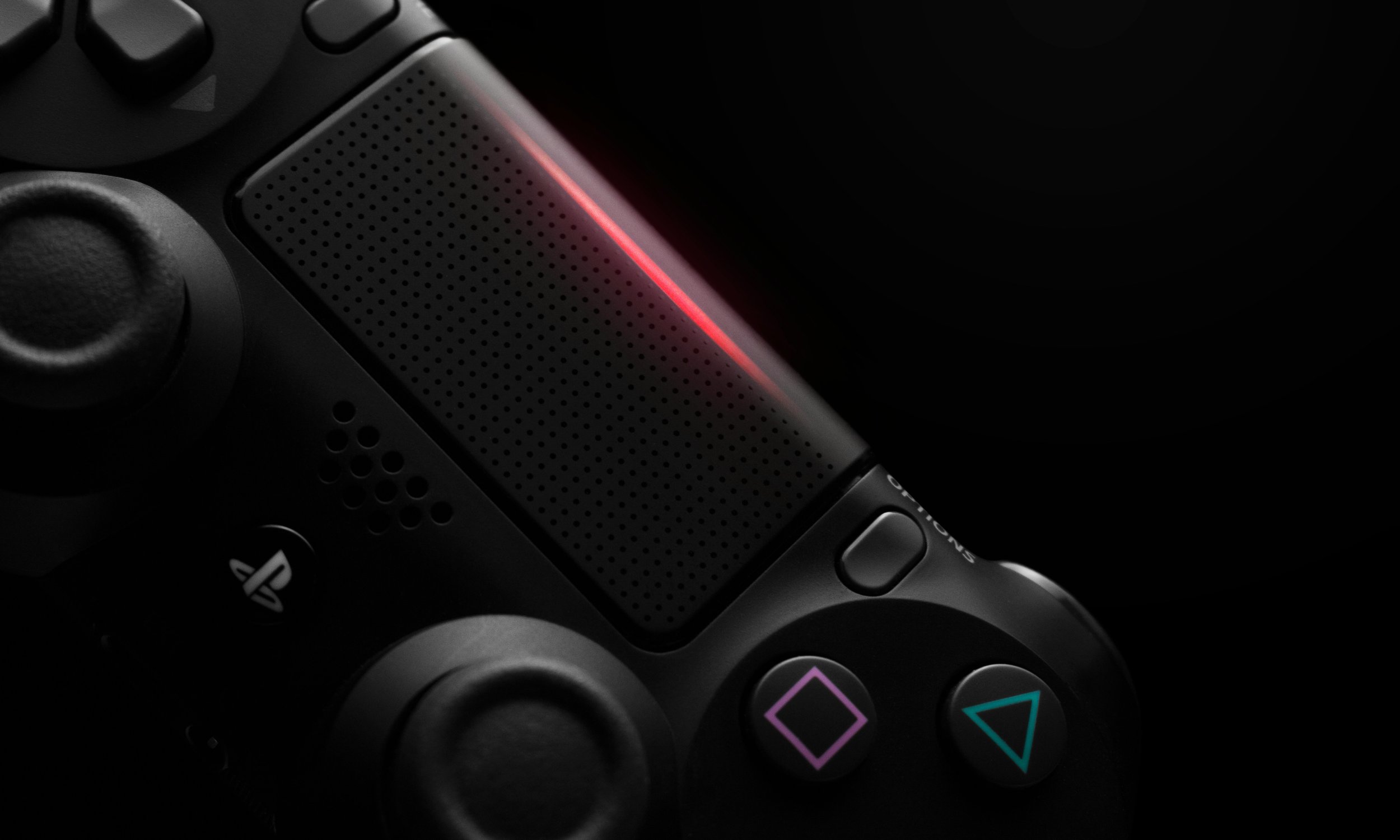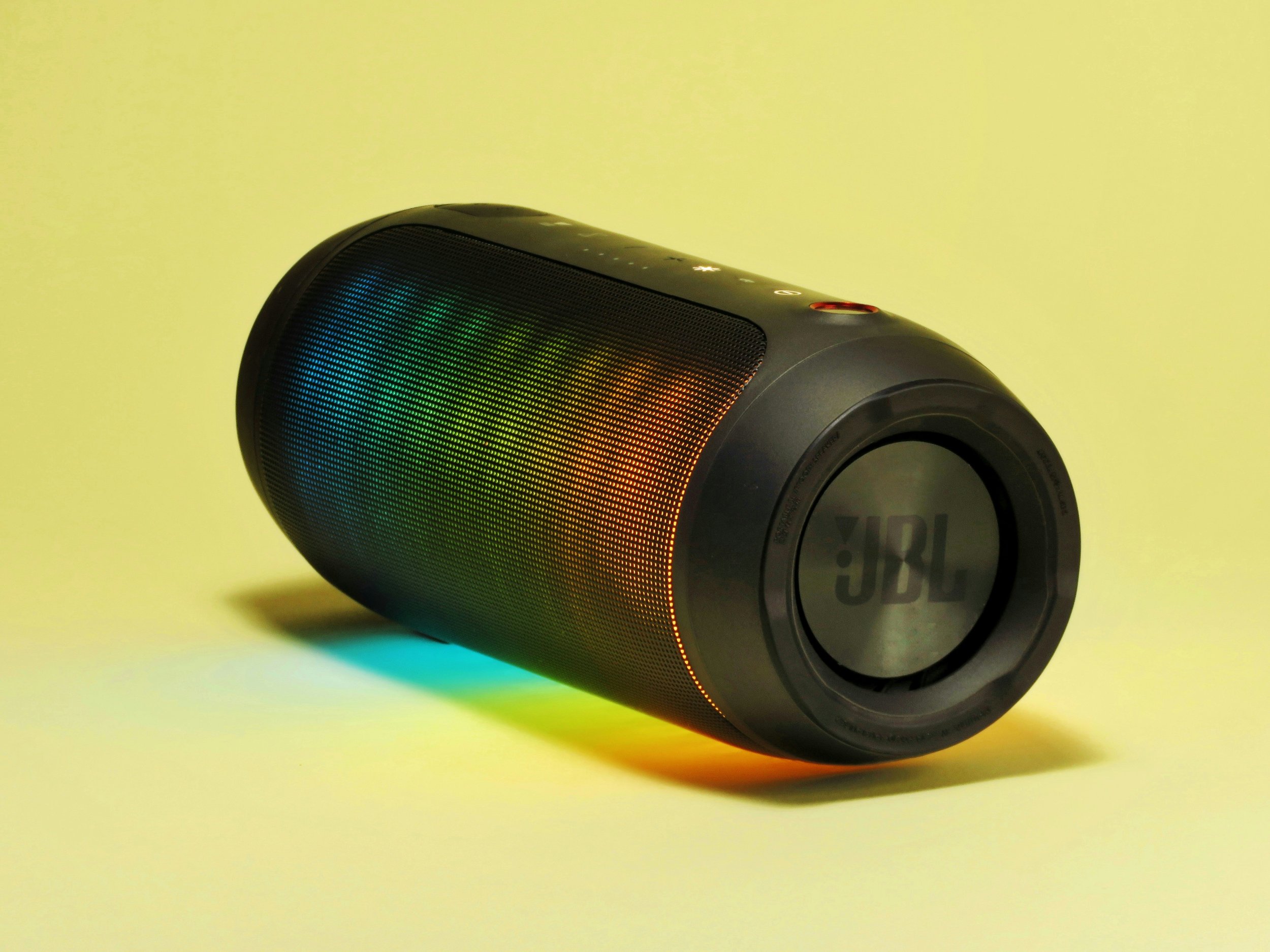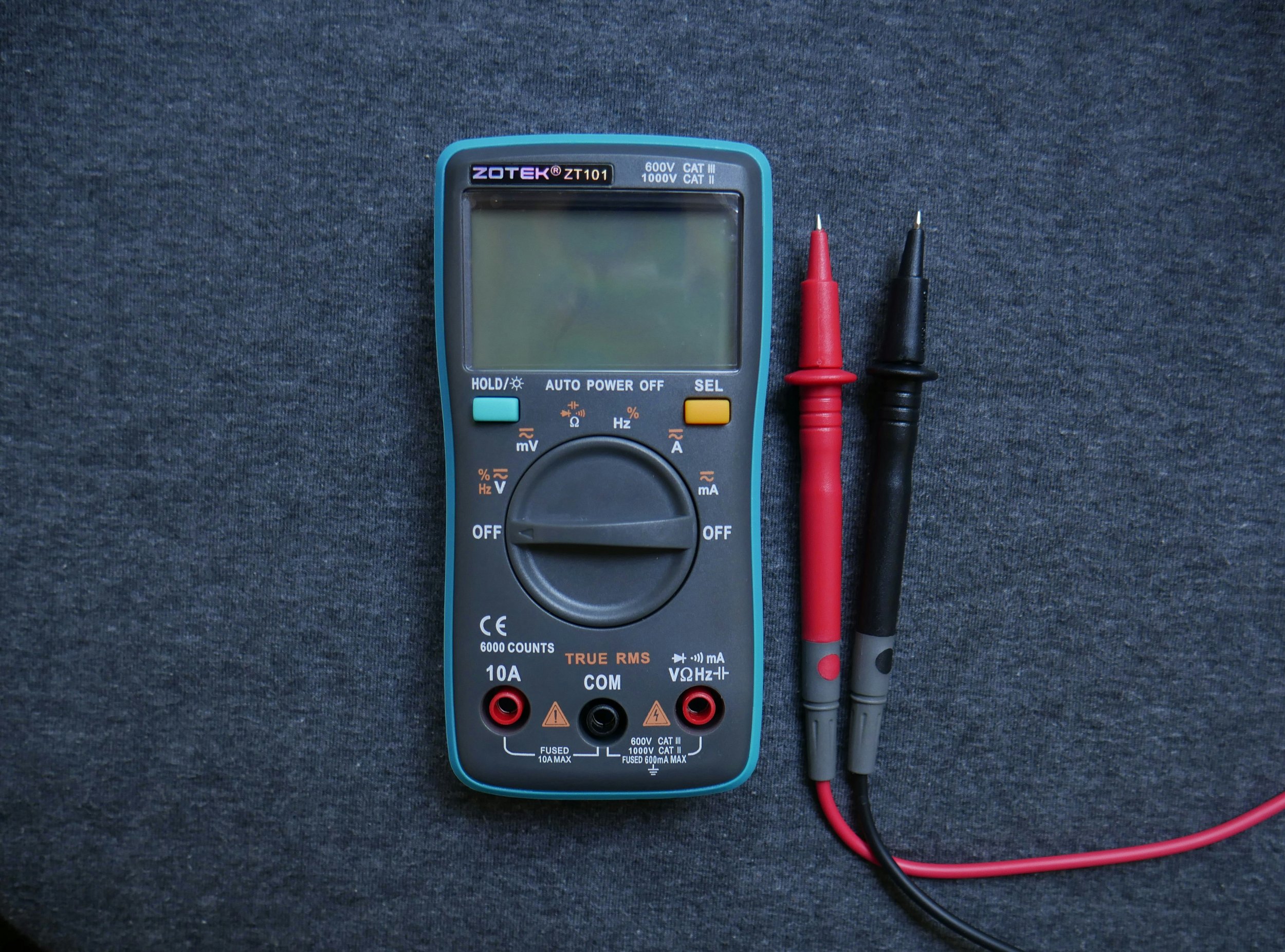Schmitt Trigger Biomimetics: Squid Nerves to Modern Electronics.
In the world of electronics, few components have had as profound an impact as the Schmitt trigger. This ingenious circuit, conceived by Otto H. Schmitt in 1934, has found applications across a multitude of industries, from signal conditioning to oscillators. But what makes the Schmitt trigger so special, and how did it come to be? Let's dive into the fascinating history of its invention, its diverse applications, and the remarkable life of its inventor, Otto Schmitt.
The Birth of the Schmitt Trigger
The story of the Schmitt trigger begins with Otto H. Schmitt, an American scientist with a keen interest in physics and biology. While still a graduate student, Schmitt studied the neural impulse propagation in squid nerves. This research led him to develop a circuit that could mimic how biological systems handle signals, particularly in noisy environments.
He described this invention in his doctoral dissertation in 1937, calling it a "thermionic trigger". The Schmitt trigger is essentially a comparator circuit with hysteresis, achieved by applying positive feedback to the non-inverting input of a comparator or differential amplifier. This hysteresis means the circuit has two different threshold voltages: one for when the input signal is rising and another for when it is falling. This dual-threshold action allows the Schmitt trigger to "remember" its state, making it a bistable multivibrator, or latch.
Otto Schmitt: A Pioneer in Biomimetics
Otto Schmitt's contributions to science and engineering extend beyond the Schmitt trigger. Born in 1913 in St. Louis, Missouri, Schmitt obtained his Ph.D. in physics and zoology from Washington University in 1937. A series of groundbreaking inventions and contributions to biophysics and biomedical engineering marked his career.
Notably, Schmitt coined the term, "biomimetics," a field that applies biological design principles to engineering. Schmitt's work was characterised by his interdisciplinary approach, combining insights from biology, physics, and engineering. His fascination with biological systems and their efficiency in handling complex tasks inspired many of his inventions, including the Schmitt trigger. This cross-disciplinary curiosity was a hallmark of his career, leading to innovations having lasting impacts on various fields.
“There is…one factor…which caused me to return here from an interesting and permanent engineering position at a sacrifice of some fifty percent in income. This is the persistent belief that fundamental biological phenomena can be understood in relatively simple physical and chemical terms once the painstaking effort has been made to study them adequately by quantitative biophysical methods.”
Applications of the Schmitt Trigger
Since its invention, the Schmitt trigger has become a staple in electronic circuits, thanks to its ability to clean up noisy signals and provide stable digital outputs. Here are some of the key applications of the Schmitt trigger across different industries:
1. Signal Conditioning
One of the primary uses of the Schmitt trigger is in signal conditioning. By converting noisy analog signals into clean digital outputs, Schmitt triggers are essential in ensuring reliable data transmission in digital circuits. This is particularly useful in applications where mechanical switches are involved, as it helps eliminate the problem of contact bounce.
2. Oscillators
Schmitt triggers are also used to create relaxation oscillators, which generate continuous square wave signals. By connecting a resistor-capacitor (RC) network to an inverting Schmitt trigger, the circuit can produce a stable oscillating output. This application is widely used in function generators and switching power supplies.
3. Analog-to-Digital Conversion
In analog-to-digital conversion, the Schmitt trigger acts as a one-bit quantizer, switching its output state when the input signal crosses a certain threshold. This makes it an effective tool for level detection and ensuring that only significant changes in the input signal are registered.
4. Noise Immunity
In environments with high levels of electrical noise, Schmitt triggers are invaluable for enhancing noise immunity. By incorporating hysteresis, they prevent false triggering and ensure that only genuine signal transitions are recognised. This is crucial in applications such as data line reception, where noise can otherwise lead to erroneous data interpretation.



















The Schmitt Trigger has a multitude of uses, and was even used in the writing of this blog post!
Conclusion
The Schmitt trigger, born from the study of squid nerves, stands as a testament to the power of interdisciplinary research and the application of biological principles to engineering. Otto H. Schmitt's invention has revolutionised electronic circuit design and paved the way for the field of biomimetics (nature-inspired innovation, biomimicry or bionics). Today, the Schmitt trigger continues to play a vital role in a wide range of applications, from signal conditioning to oscillators, ensuring reliable and stable digital outputs in even the noisiest of environments.
As we look to the future, the legacy of Otto Schmitt and his contributions to science and engineering reminds us of the endless possibilities that arise when we draw inspiration from the living world.
Learn more in our CPD ACCREDITED ONLINE COURSE with some of the world’s leading designers, architects, makers, and innovators.
Use our special secret discount code NaturalVIP for 20% off.
Hi, we're Biomimicry Innovation Lab. We partner with founders and leaders to transform ideas in manufacturing, agri-food, and cities, into reality, drawing inspiration from transformative solutions in the living world.
Our approach? Harnessing the latest scientific research with innovative tools to solve complex challenges.
Reach out for a virtual coffee to discuss ideas.



